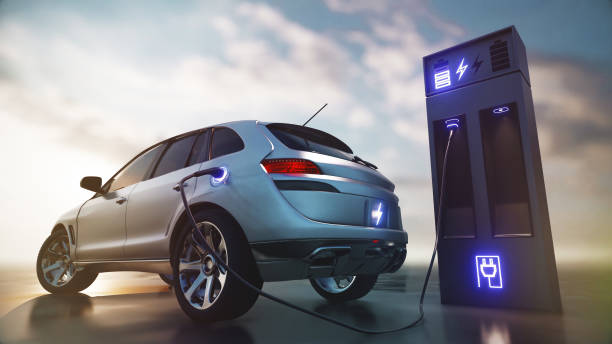Sustainability and Style Drive Auto Design

Q1. Could you start by giving us a brief overview of your professional background, particularly focusing on your expertise in the industry?
I am currently working as an automobile design expert at an Indian OEM. I have more than 20 years of experience in a 100-year-old Global OEM in various Global Design centres across Asia Pacific, Australia, and North America, Designing Car Exteriors and Interiors for brands like Cadillac, Buick, GMC, Holden, Wuling, Opel, and Chevrolet. I am now extending my application to the Indian OEM.
Q2. What are some recent trends in automotive design that you think are here to stay?
- Perceived Quality of Products will be on the rise for quite some time
- Design Appearance and Aesthetics, with perceived design quality, will be the key differentiator
- Interior environment will be mostly in focus for the next decade, and the appropriate digitization of Interior designs will always be debated to enhance customer reach
- More sustainable materials will always make a way, depending upon the context
- Ease of driving vs. social interaction while on the go will be crucial in densely populated cities and towns
- Value for life: Safety will be of prime importance to the majority of Indian consumers in the coming decade
- Cars under 4 meters will still play a significant role in society due to tax benefits and their seemingly right size for the majority of the Indian middle-class family
Q3. Which OEMs and suppliers are capitalizing on the new design freedom to create visually distinct EV lineups?
It is not an option not to capitalize on the design freedom of whoever is investing in EVs. Everyone is exercising their rights in their own way to make a difference. Some are more visible, and some are less visible, but the consumer is the mirror for each OEM.
EVs normally start with a clean slate, so the opportunity to create visually distinctive designs that don't have any past baggage is fairly easy.
Q4. What are the leading design trends driving buyer decisions in the value-focused vehicle segment? And in which regions?
Design and aesthetics are the first key differentiators, even if they are in the value-focused passenger vehicle segment, followed by the tech features offering.
Functionality is obviously taken for granted by consumers and is a must-have in value-focused vehicles. However, consumers are going to weigh their options, and trade-offs are very common, as you know there are no free lunches. If you need a well-balanced car that satisfies your psychological and physical needs, then you have to move up in the segment by paying extra.
Vehicles are not bought region-wise, but more with the consumer mindset and buying power. We can broadly classify them by regions, but that will be very generic and presumptuous, and I would avoid assigning regions to value-focused vehicle segments.
Q5. In which markets are design-led value models outperforming traditional performance- or price-led offerings?
The broad middle-class buyers are more emotionally involved when buying in Tier 2 and Tier 3 cities and even rural areas. However, the middle-class buyers in Tier 1 cities are more intellectually inclined to apply their buying decisions.
The Indian market is complex as we are very organically mixed together, but overall, the desire for vehicles in the middle-class segment is believed to be more prevalent in Tier 2 and 3 Cities. Urban buyers are more pragmatic and weigh the design-led value options based on the more accurate value offered.
Q6. How important is sustainability in materials and processes when it comes to design decisions these days?
Sustainability is a commitment for every OEM, so research and development on the application of newer, more responsible materials are more encouraged than ever before. However, genuine materials that are closer to their natural state will always be more sustainable and have longevity in the industry.
Q7. If you were an investor looking at companies within the space, what critical question would you pose to their senior management?
The only question I would ask is how well human resources are nurtured to take on future challenges. They are the roots responsible for holding the tree, and the deeper roots are responsible for its growth. If an organization invests in developing its people, both in terms of team size and quality, that shows its long-term vision.
Comments
No comments yet. Be the first to comment!
